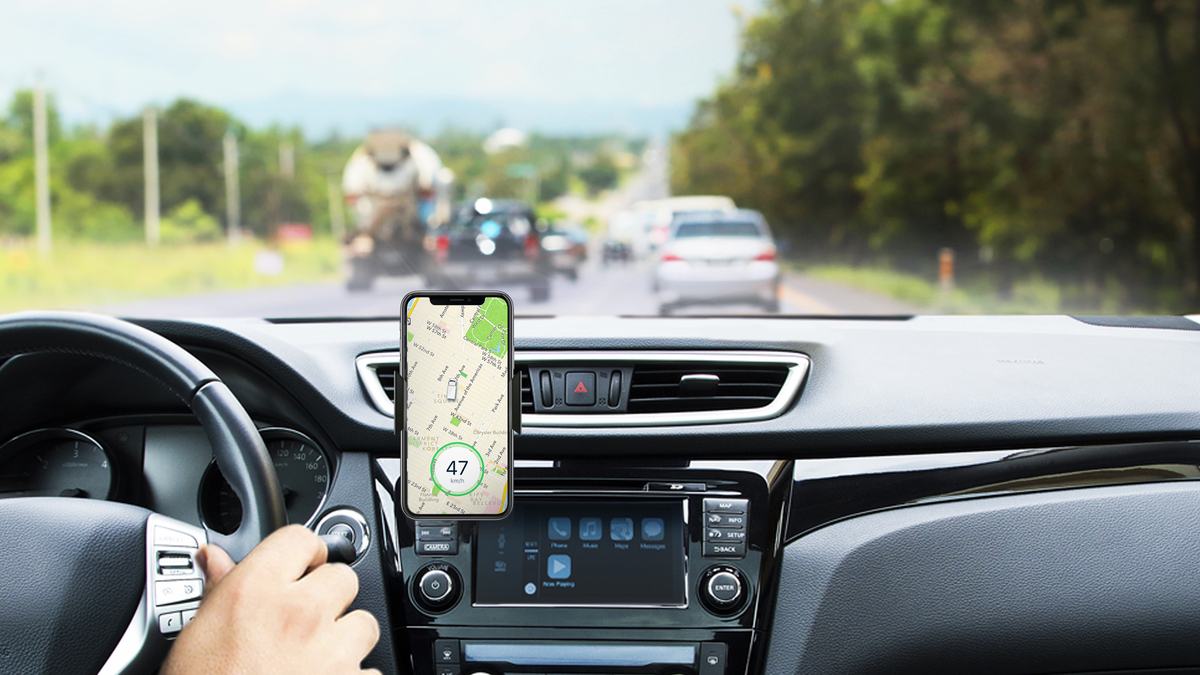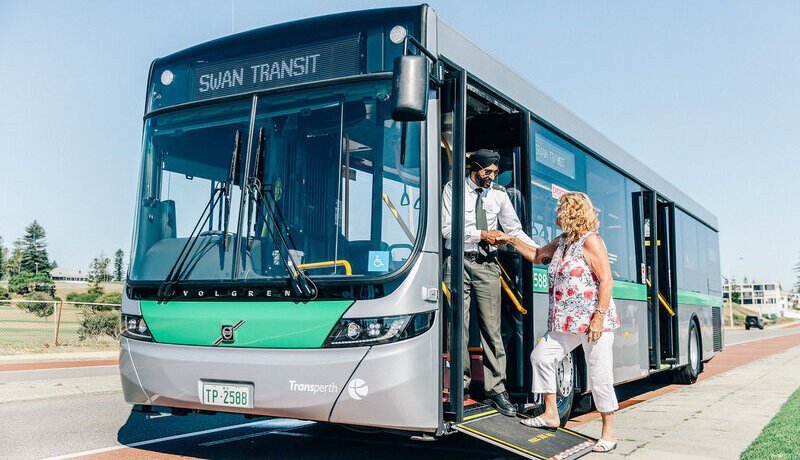The Importance of Real-Time Driver Coaching for Fleet Safety Management

Did you know that over 90% of accidents are caused by driver error?*
One of the saddest facts about car accidents is that most of them are preventable. A 2016 study by the National Highway Transportation Safety Administration (NHTSA) found that human error accounts for anywhere between 94% to 96% of all auto accidents.
That’s why, if you want to make a real impact on accidents, you have to focus on the driver.
Think of it: if drivers could be convinced to drive more safely and carefully – to reduce their speed, block their calls, take enough rest breaks and stop taking their frustrations out on the road – we could avoid thousands of fatalities and hundreds of thousands of long-term disabilities each year. And this is before even beginning to calculate the financial implications: reduced costs for repairing/replacing vehicles and equipment, the decreased burden on the insurance industry, and much more.
The good news is that almost all drivers – given the right tools and motivation, can shift their behavior, improve their driving skills and become safer, more cost-efficient drivers – almost overnight!
Once empowered with accurate, real-time feedback about their driving, almost all drivers slow down, pay more attention to the road, reduce their distracted driving and drive more carefully – even before taking a single defensive driving course. And once the team’s safety culture begins to build, besides benefitting from huge, permanent reductions in accidents (often over 50%), the fleet is able to reduce its total cost of fuel (10%-20%), fleet maintenance, auto insurance and overall risk.
The 1st Challenge: Driver Buy-In
So what’s the problem? Doesn’t everyone want to prevent accidents and save fuel?
The answer is, of course, yes. But no one likes being told that they are risky drivers – and particularly not by work colleagues, managers or members of the public who notice the company’s logo on the side of the vehicle. And especially not when the discussion takes place weeks after a speeding incident or close call, when the driver can barely remember when and why the event occurred.
That’s why it’s so important for feedback and coaching to be delivered in real-time, while the driver is behind the wheel. When drivers get accurate, objective feedback “in the moment,” they understand the message – and, often, can self-correct in time to prevent disaster.
In fact, drivers often view real-time coaching as an empowering tool: a personalized program for improving their own driving skills. Instead of adversaries, the driver begins to see their fleet operator and managers as safety partners, all aiming for the same goals.
How Does It Work?
So how does GreenRoad’s real-time coaching work? The simple answer is via extremely complex technology.
Getting – and Keeping – Drivers Motivated for Safety
The final frontier for driver safety is motivating drivers to buy into the system: to convert “resistors” into enthusiastic system users, while keeping newly-safe drivers from slipping back into old day-to-day patterns.
For that, GreenRoad’s fleet management software relies just as much on smart psychology as on technology. Recognizing the motivating power of competition, gamification and smart psychology, GreenRoad has offers a broad range of simple-to-implement driver engagement tools. Using GreenRoad, drivers begin to see safety as a challenging but potentially rewarding game, as they work to improve their safety score and earn gift cards and other rewards for safe driving.
The first of these is the GreenRoad Driver Safety Score, an easy-to-understand metric that reflects the number of safety events each driver has performed during the last seven days, making it easy for them – and their managers – to track their progress. Managers review scoreboards to identify individuals who need attention, to track the business’s safety trends and to rate their depots against others. Safety Scores are also used for recognition programs (e.g. Best Improved or Safest Driving) and for evaluating safety compliance.
Taking it to the next level, GreenRoad offers the Fleet Elite global driver excellence recognition program. This enables individual drivers to track and measure their performance against world-class safety standards – and provides management with a prestigious “stage” for rewarding great performance.
It’s important to note that none of these tools are used with the goal of micromanaging or “punishing” the worker—by contrast, they’re intended to give workers instant motivation to self-manage and improve their safe driving skills.
The net result of using GreenRoad’s Safety Telematics platform is that fleets go far beyond the vehicle tracking / vehicle location management / fuel management benefits that they initially looked for when beginning to investigate telematics – and extend their goals that are far beyond the need to “tick the boxes” of Department of Motor Vehicles requirements.
In fact, the opportunity here is life and death: saving life and limb and making the roads safer for all – while simultaneously improving operations and financial returns, for fleets everywhere.





